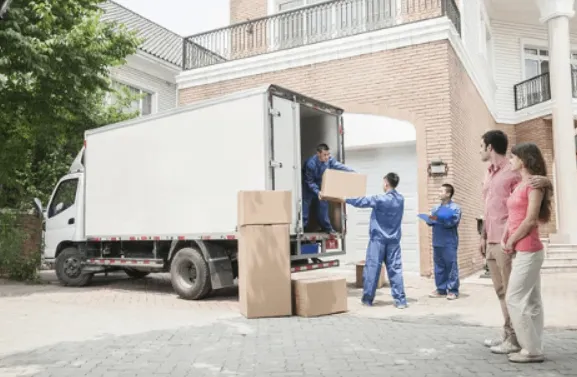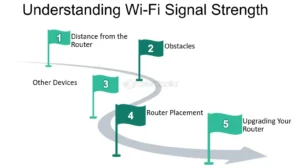Planning a long-distance move can feel like a full-time job. Between packing, loading, and figuring out logistics, the entire process can be overwhelming, especially when you’re crossing state lines. That’s why many people turn to professional moving companies to help. But there’s a major decision to make first: full-service vs. self-service. Understanding the difference between the two can save you time, money, and stress.
What Is a Full-Service Long-Distance Move?
A full-service move means the moving company handles nearly everything from start to finish. It’s designed for people who want a hands-off, stress-free experience—or simply don’t have the time or resources to do the heavy lifting themselves.
What’s included in a full-service move?
- Packing Services: Professional movers pack your belongings using the right materials and techniques to protect fragile items.
- Loading and Unloading: They load everything onto the truck and unload it at your new home.
- Furniture Disassembly/Reassembly: Beds, desks, and tables are carefully taken apart and reassembled as needed.
- Transportation: Your items are driven to your new location, whether it’s across the state or across the country.
- Unpacking (Optional): Some companies even offer unpacking services to help you get settled faster.
- Supplies Provided: Boxes, tape, padding, and other moving essentials are included in the cost.
A full-service move is ideal for families with small children, busy professionals, seniors, or anyone who simply wants a smoother transition. While it’s the more expensive option, the convenience is often well worth it.
What Is a Self-Service Long-Distance Move?
A self-service move gives you more control—but also more responsibility. With this option, the moving company typically provides the truck or moving container, but you’re in charge of packing, loading, and unloading.
What’s included in a self-service move?
- Truck or Moving Container Rental: The company delivers a trailer or pod to your home.
- Transportation: Once you’ve loaded everything, they drive it to your new location.
- Scheduling Flexibility: You can usually load and unload on your own time, often over a few days.
Self-service moves are more budget-friendly and work well for people who have help from friends or family, and don’t mind doing the work themselves. However, the trade-off is clear: more effort and physical labor on your end. Learn more about what’s included with long-distance moves by visiting: https://mattsmoving.com/long-distance-movers/
How to Choose Between Full-Service and Self-Service
When deciding which option is right for your long-distance move, consider the following:
- Time vs. Budget: If time is tight, full-service may be worth the investment. If you’re watching your budget, self-service could be the way to go.
- Physical Capability: Moving heavy furniture and boxes isn’t for everyone. If you’re unable to lift or have health concerns, go full-service.
- Distance and Complexity: The farther you’re moving, the more stressful it can get. Full-service is often better for complicated or cross-country moves.
- Value of Your Belongings: Professional movers know how to protect fragile or high-value items—something to keep in mind if you’re transporting heirlooms, electronics, or artwork.
Choosing the Right Move for You
Every long-distance move is unique, and the best option ultimately depends on what works best for your lifestyle, timeline, and budget. A full-service move takes the weight off your shoulders, while a self-service move gives you more control and cost savings. Whatever direction you go, choosing a trusted moving company can make the process far less stressful.











